Sandhill Spiky Caltrop,
Spiky Caltrop
Display all 11 images
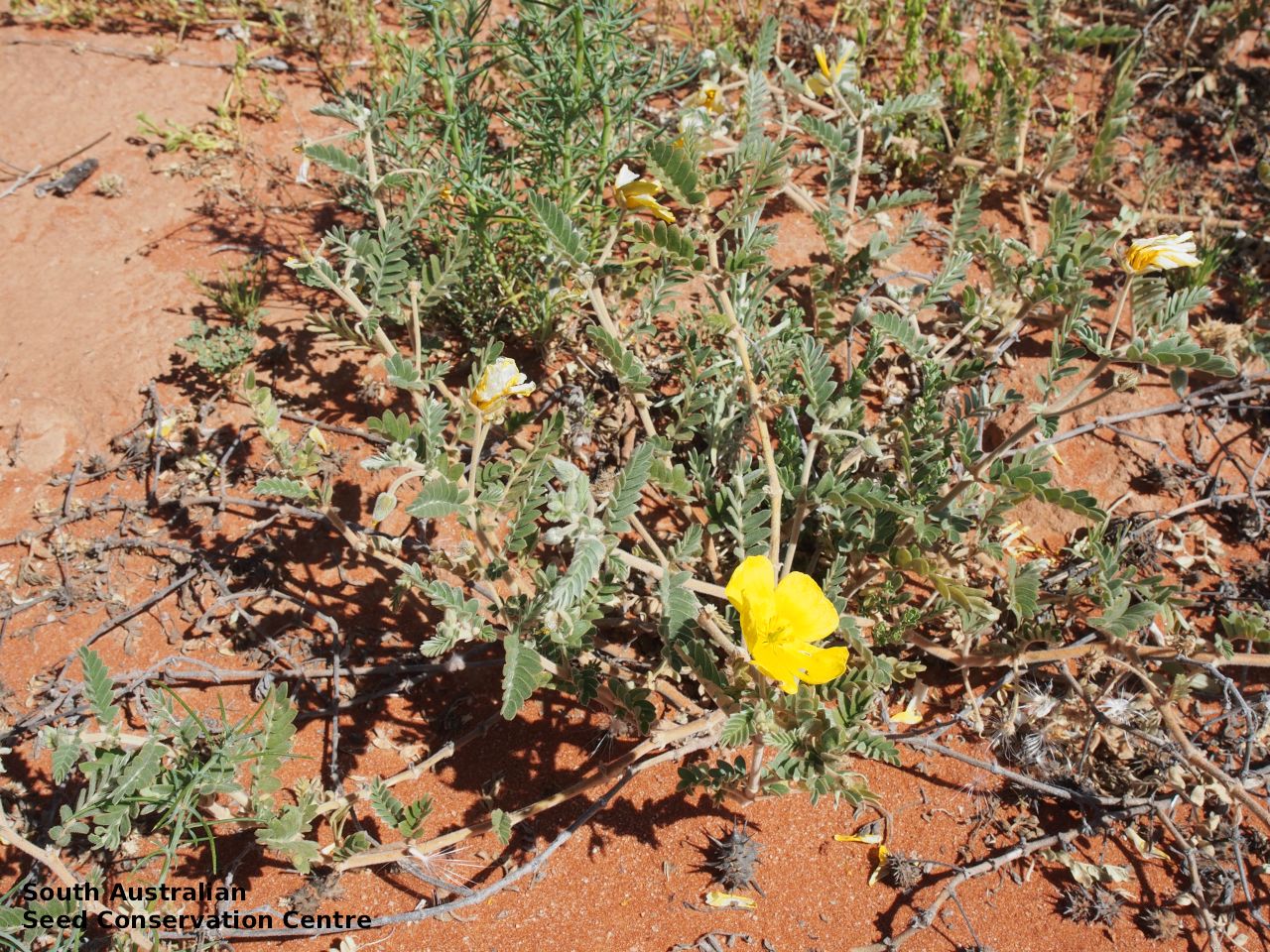
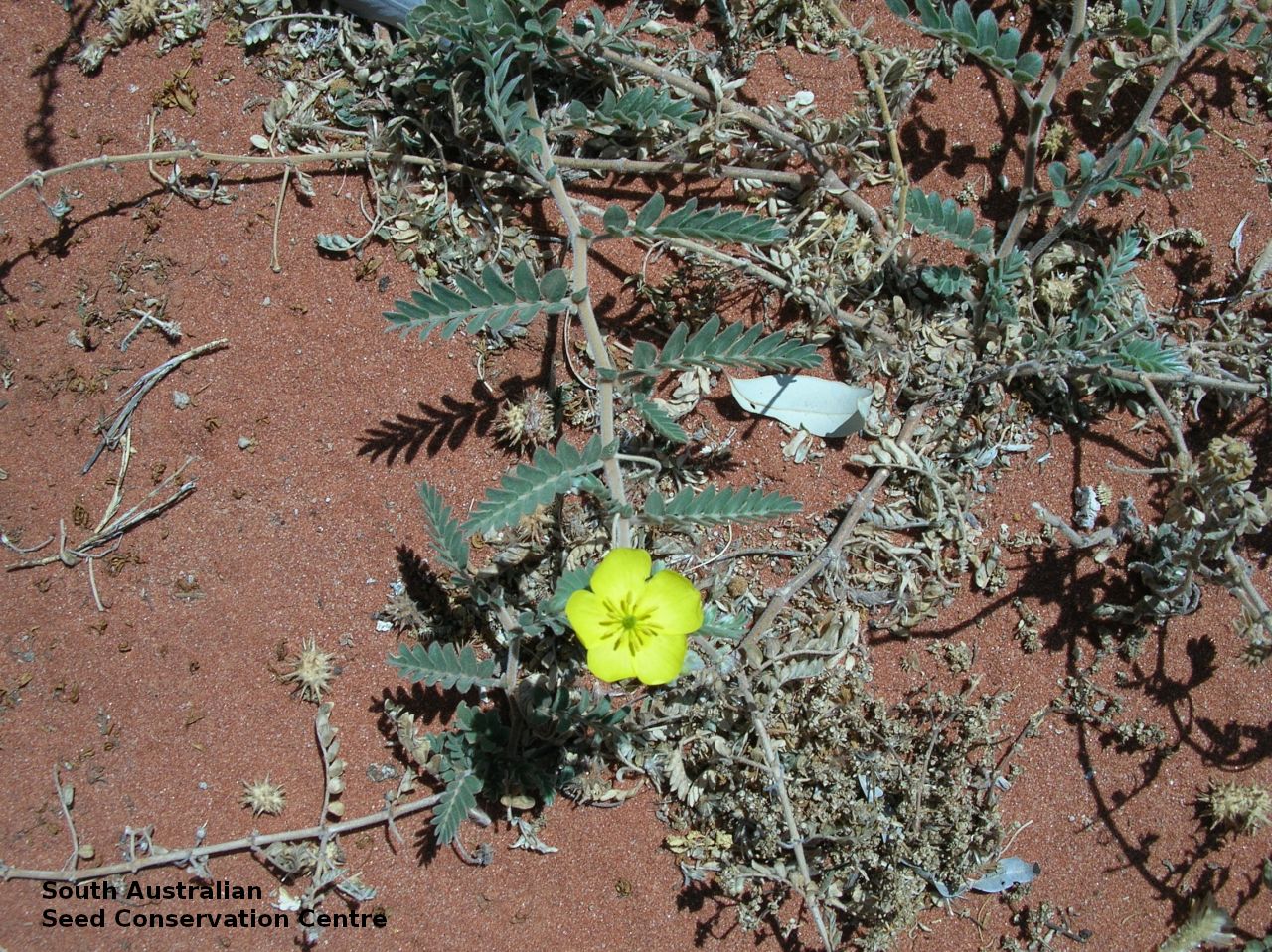
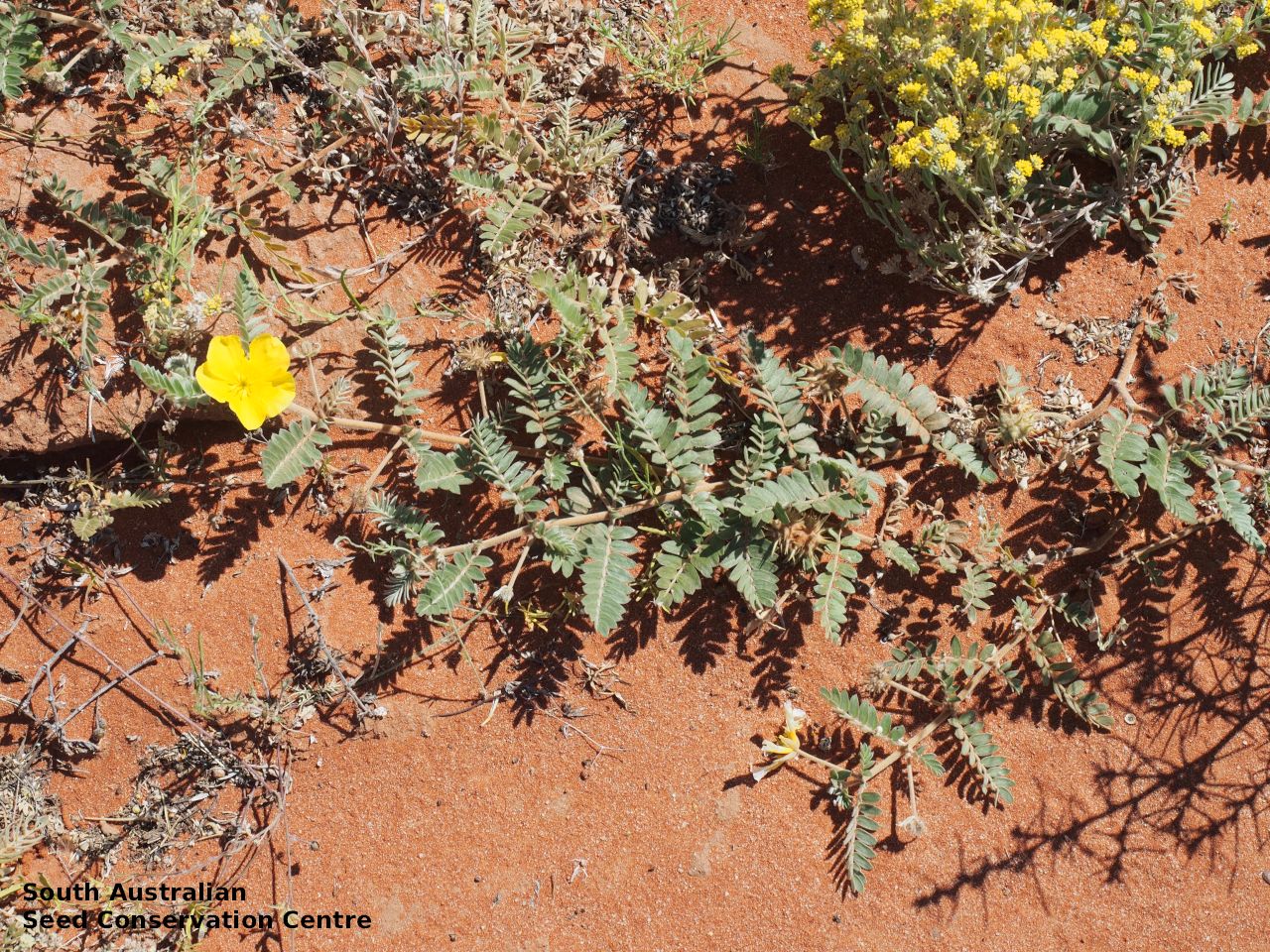
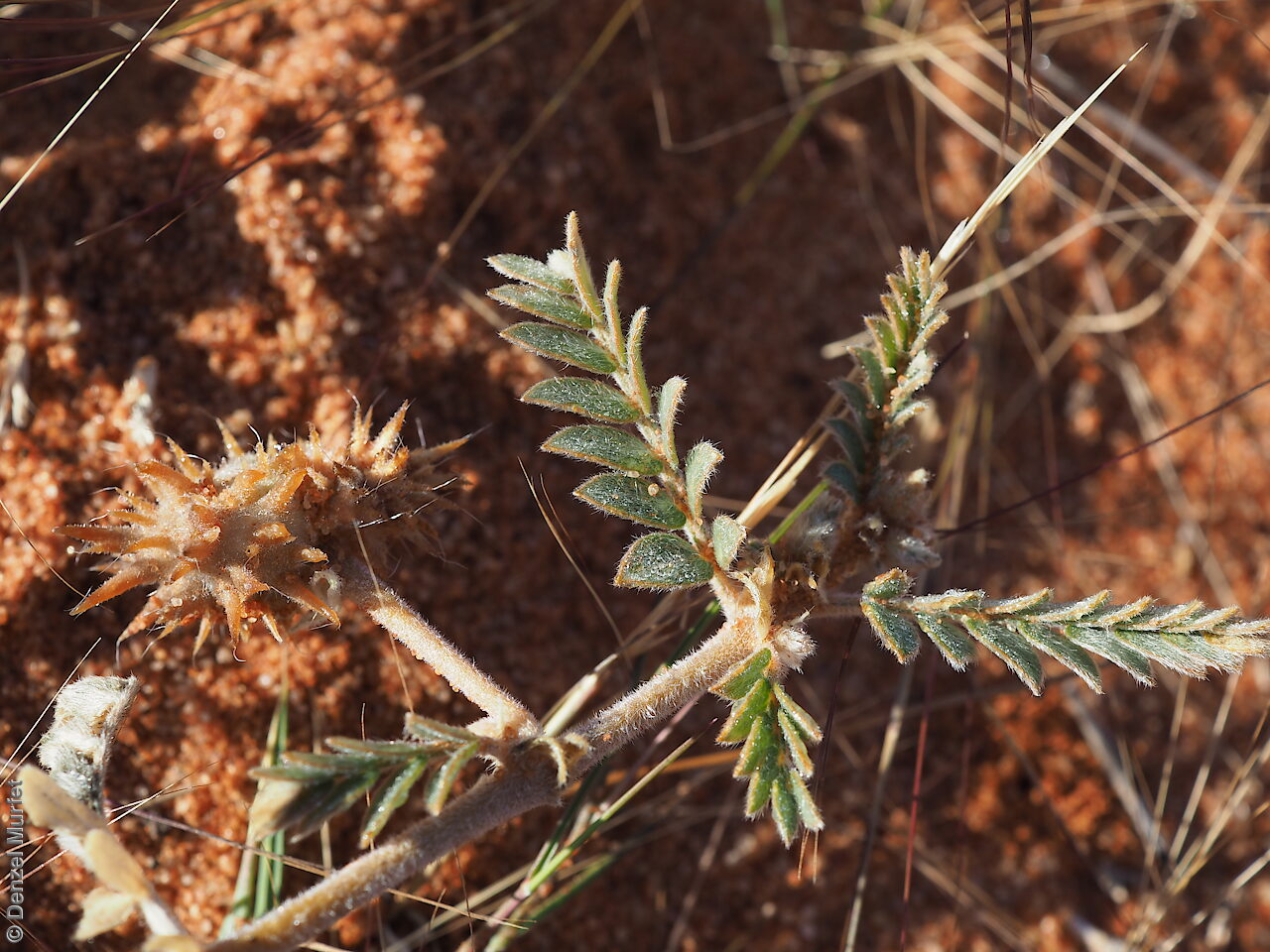
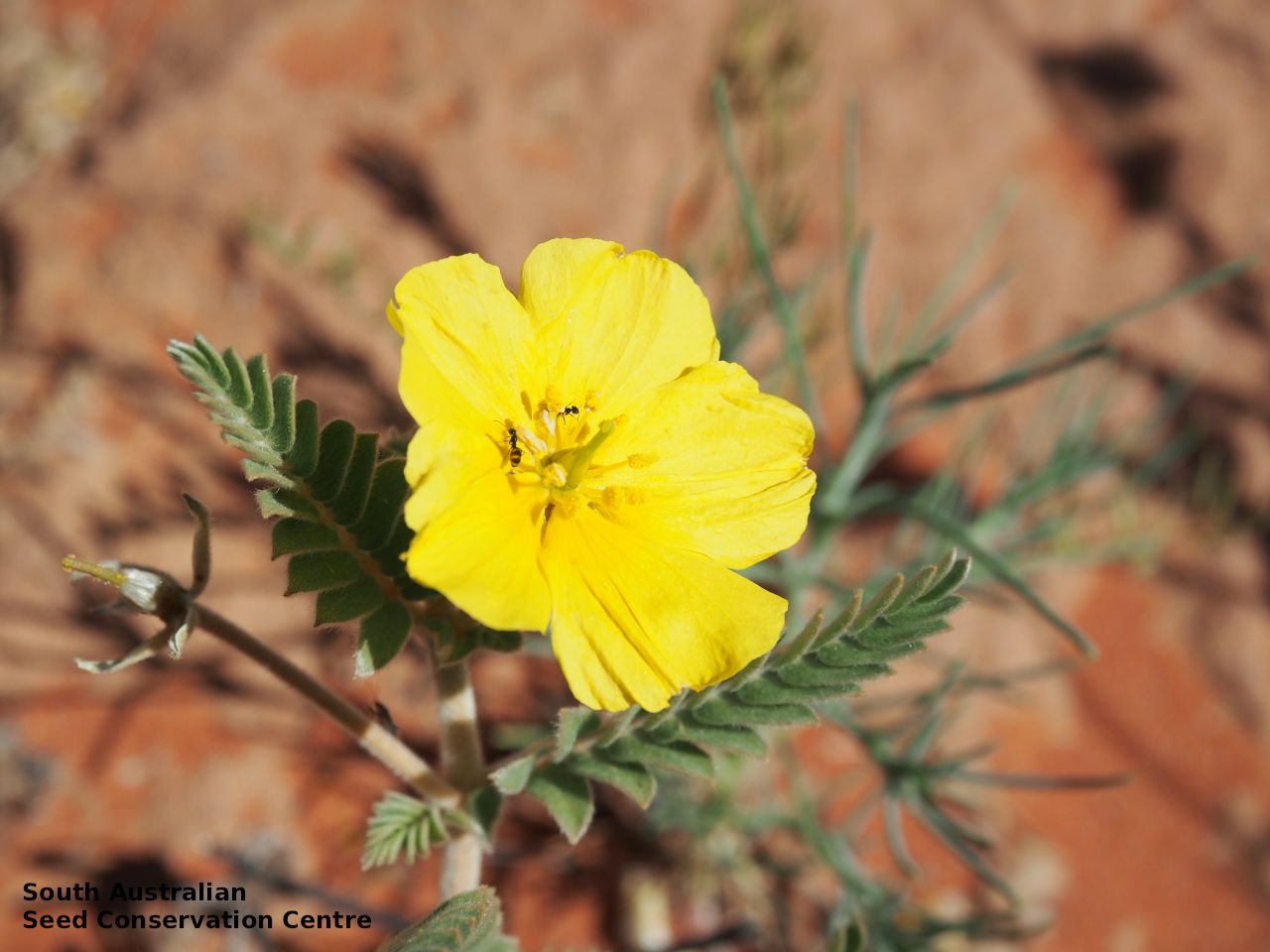

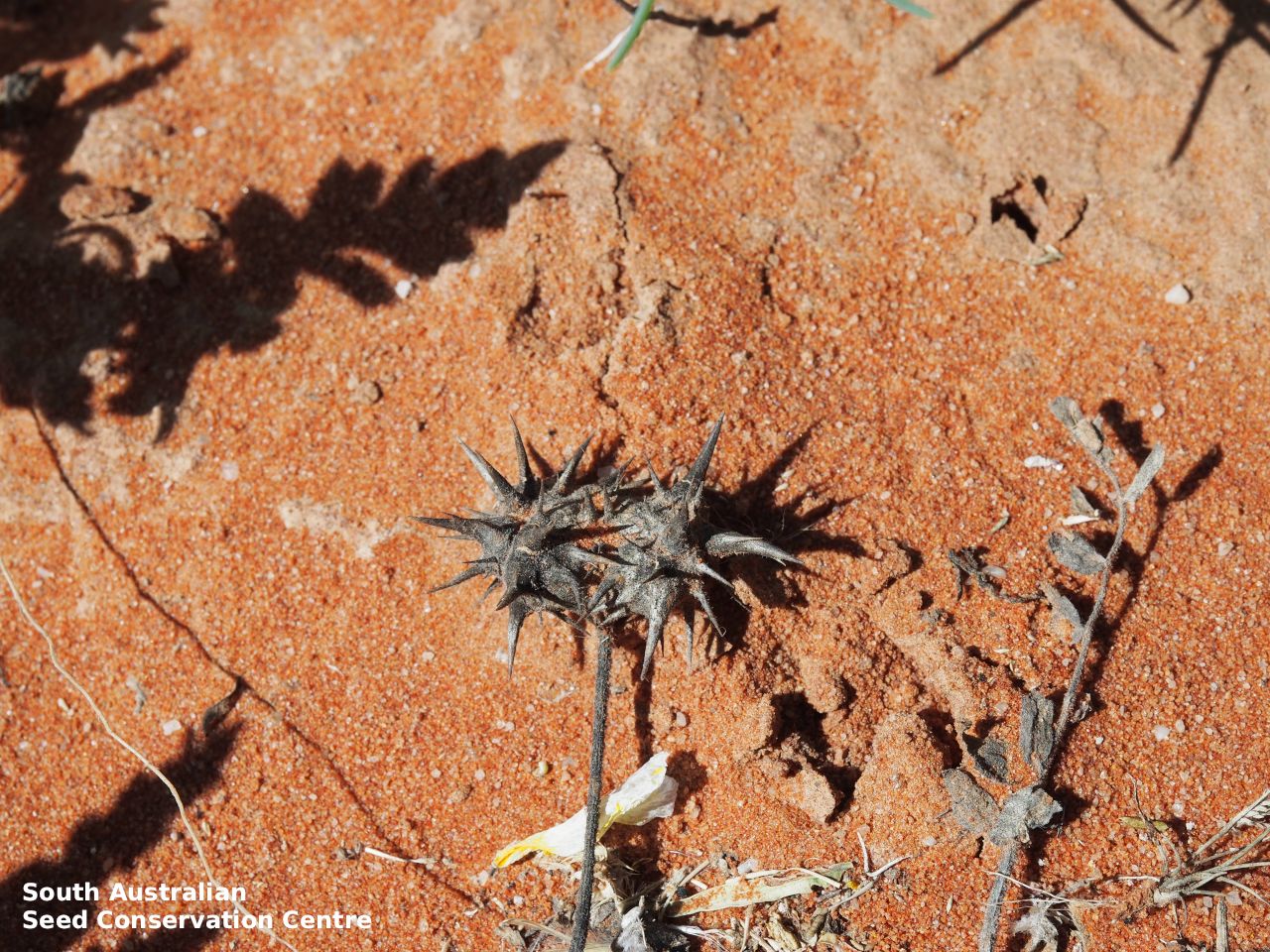
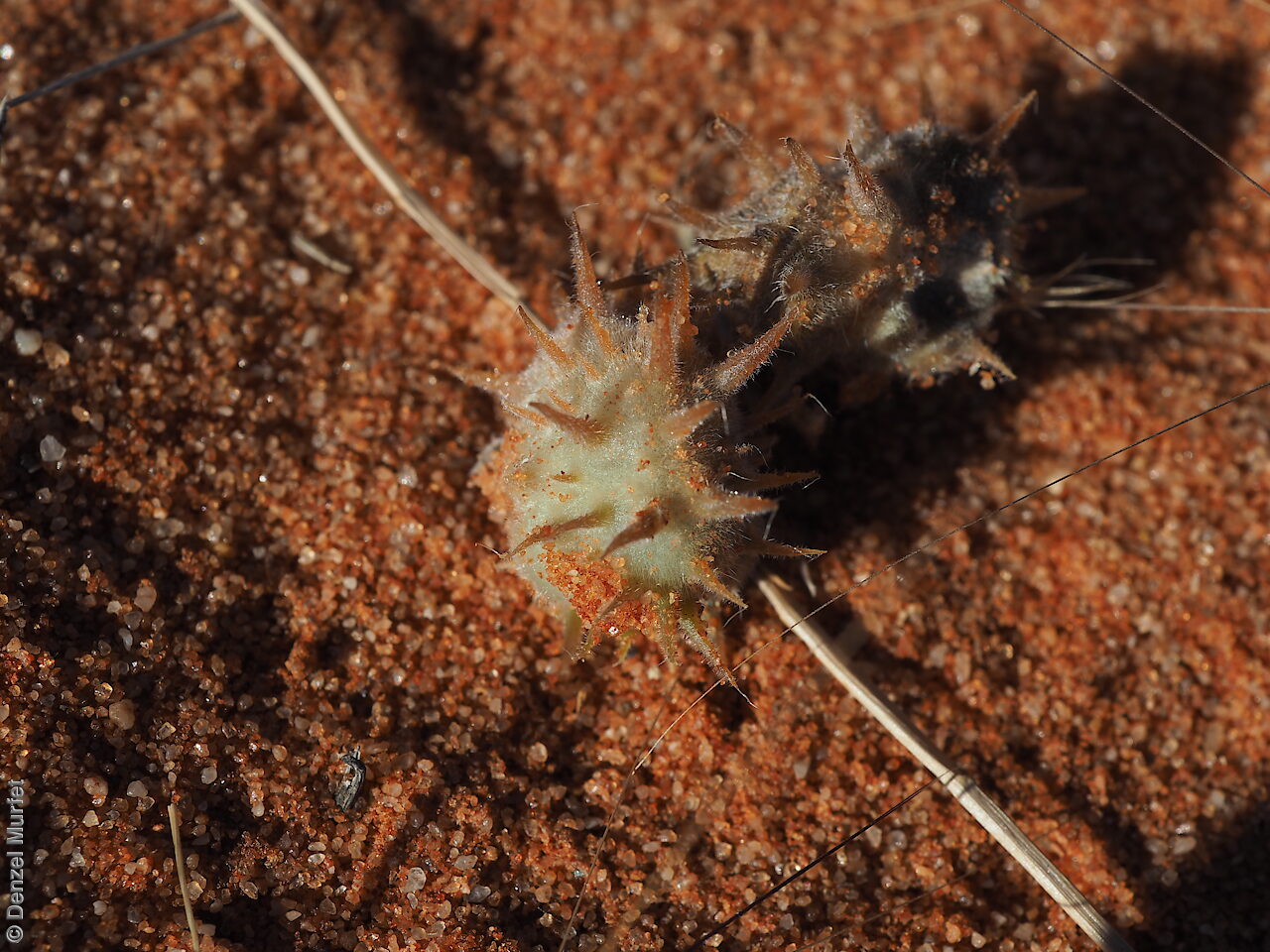
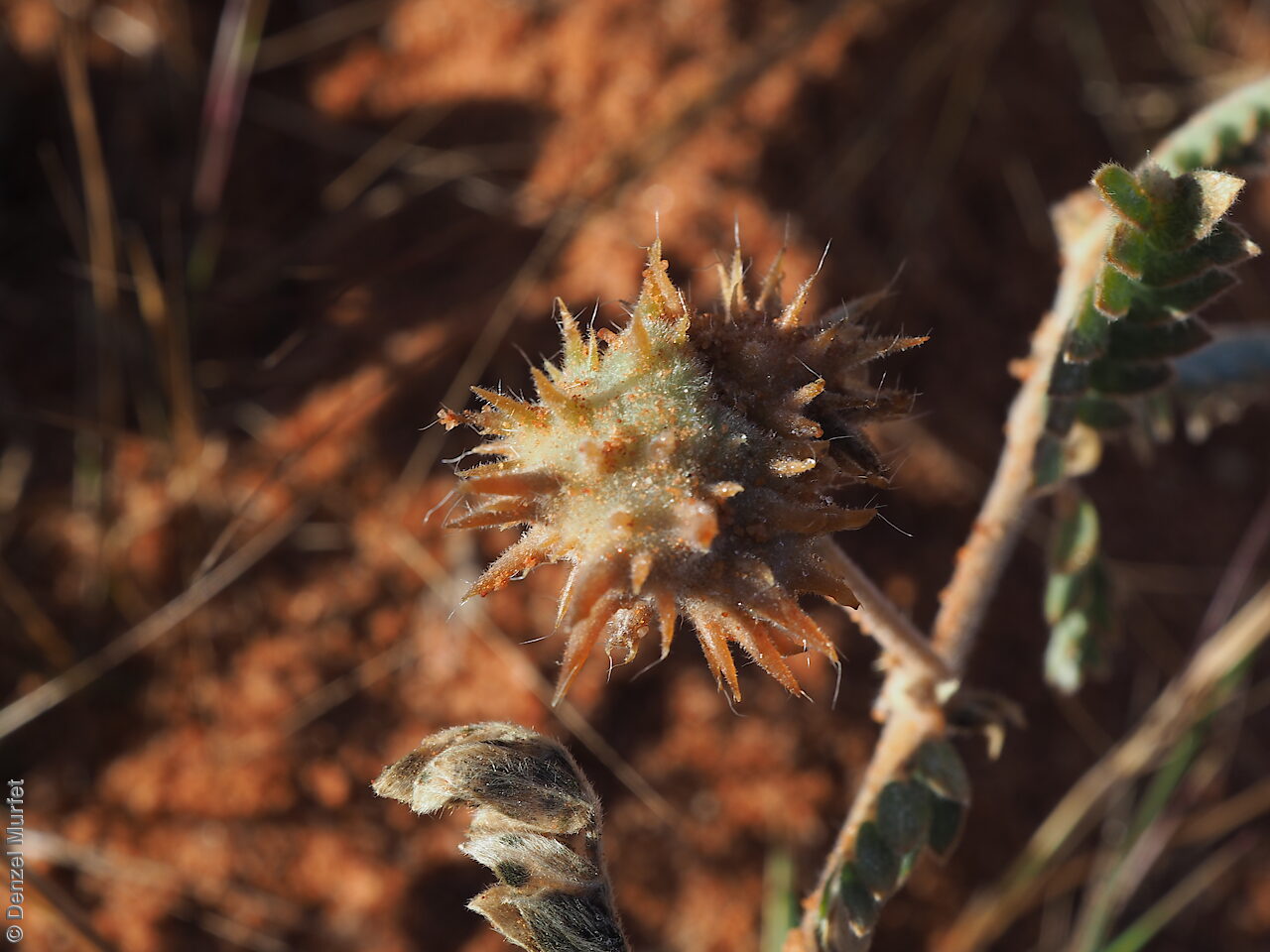
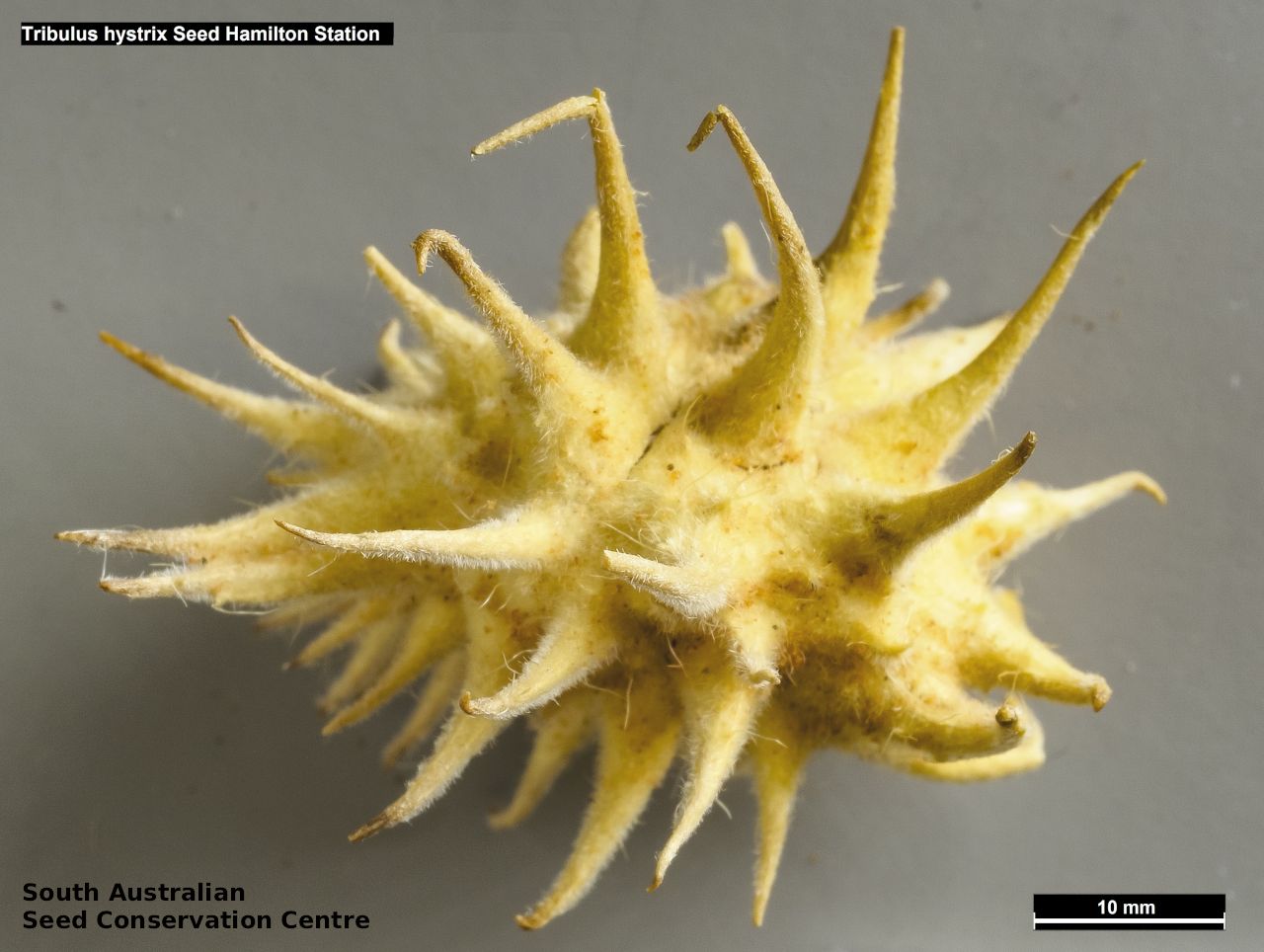
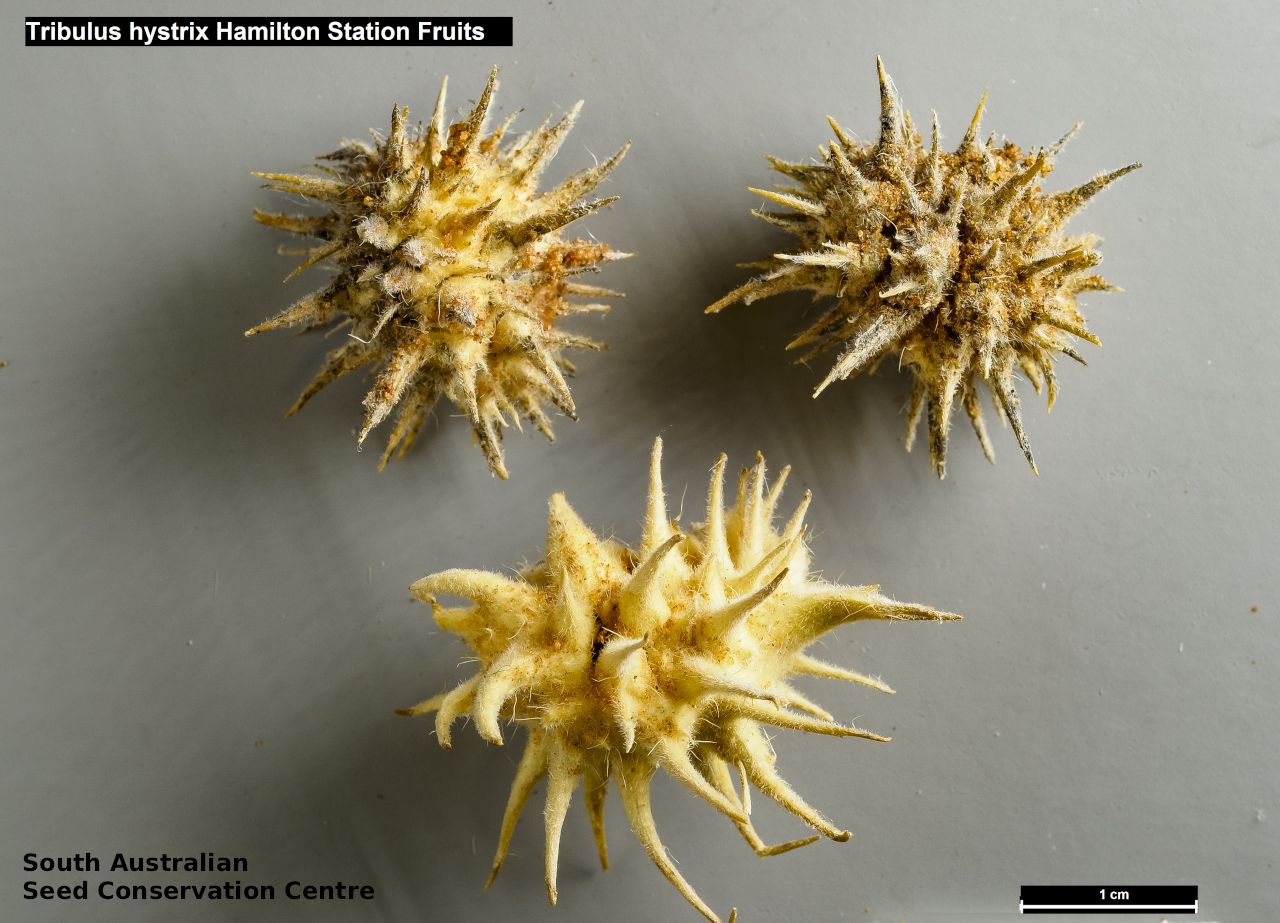
Regional Species Conservation Assessments per IBRA subregion.

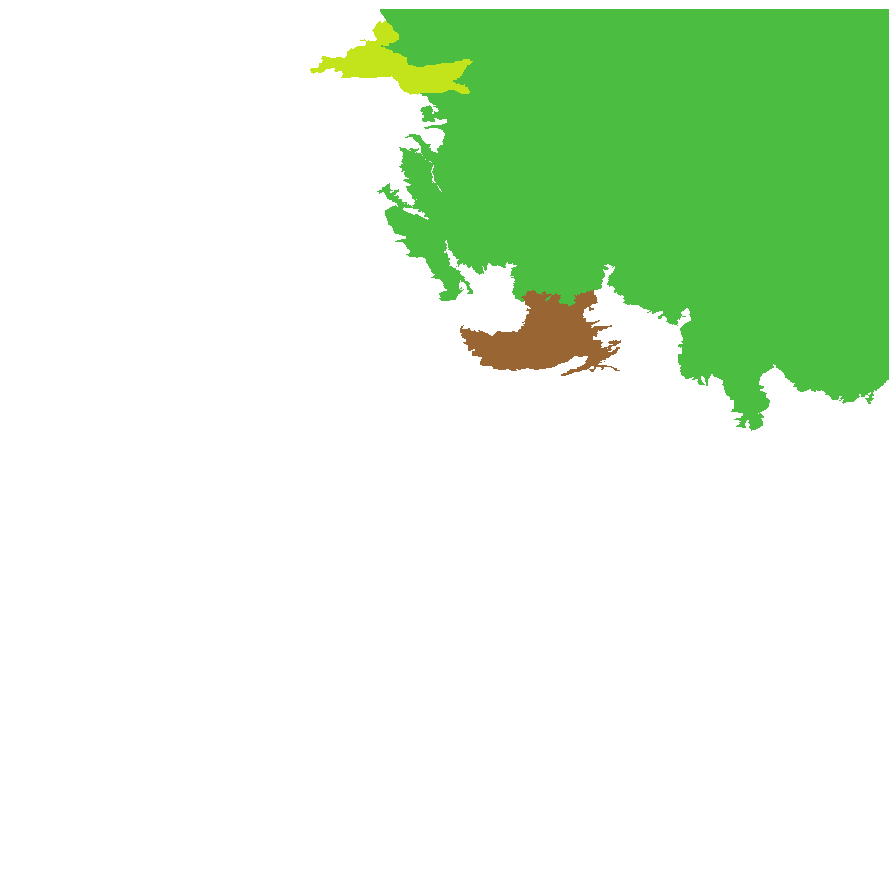
Least concern
Near threatened
Rare
Vulnerable
Endangered
Critically endangered
Extinct
Data deficient
Adelaide
Arkaroola
Ceduna
Coober Pedy
Hawker
Innamincka
Marla
Marree
Mount Gambier
Oodnadatta
Renmark
Wudinna
Keith
Yunta
Display IBRA region text
| Northern Flinders (FLB05) | Flinders Lofty Block | Data Deficient [unreliable records] |
| Roxby (GAW07) | Gawler | Rare (IUCN: RA d(ii)) [likes big red sand hills] |
| Simpson Desert (SSD02) | Simpson Strzelecki Dunefields | Least Concern [likes big red sand hills] |
| Dieri (SSD03) | | Least Concern [likes big red sand hills] |
| Warriner (SSD04) | | Least Concern [likes big red sand hills] |
| Strzelecki Desert (SSD05) | | Least Concern [likes big red sand hills] |
| Oodnadatta (STP02) | Stony Plains | Least Concern [likes big red sand hills] |
| Murnpeowie (STP03) | | Least Concern [likes big red sand hills] |
| Peake-Dennison Inlier (STP04) | | Least Concern [likes big red sand hills] |
| Macumba (STP05) | | Least Concern [likes big red sand hills] |
| Witjira (STP06) | | Least Concern [likes big red sand hills] |
| Baltana (STP07) | | Least Concern [likes big red sand hills] |
| Sturt Stony Desert (CHC02) | Channel Country | Least Concern [likes big red sand hills] |
| Diamantina-Eyre (CHC04) | | Least Concern [likes big red sand hills] |
| Coongie (CHC06) | | Least Concern [likes big red sand hills] |
| Lake Pure (CHC07) | | Least Concern [likes big red sand hills] |
| Pedirka (FIN04) | Finke | Near Threatened [likes big red sand hills] |
| Northern Flinders (FLB05) | Flinders Lofty Block | Data Deficient [unreliable records] |
| Roxby (GAW07) | Gawler | Rare (IUCN: RA d(ii)) [likes big red sand hills] |
| 4 of 4 subregions | Simpson Strzelecki Dunefields | Least Concern |
| 6 of 7 subregions | Stony Plains | Least Concern |
| 4 of 4 subregions | Channel Country | Least Concern |
| Pedirka (FIN04) | Finke | Near Threatened [likes big red sand hills] |
Botanical art
Kath Alcock paintings: 2
Prior names
Tribulus occidentalis
Tribulus lanatus
Kallstroemia hystrix
Common names
Sandhill Spiky Caltrop
Spiky Caltrop
Etymology
Tribulus from the Greek 'tribolos' meaning water-chestnut and translated into Latin as 'tribulos' which originally meant the caltrop, a 4-pointed military instrument, employed to lame advancing cavalry, and the name also applied to Tribulus terrestris. Hystrix from Greek meaning hedgehog; alluding to its spiny fruit.
Distribution and status
Found in the north-east part of South Australia, growing on sand dunes. Also found Western Australia, Northern Territory and Queensland. Native. Common in South Australia. Uncommon in Western Australia. Common in the other states.
Herbarium regions: Lake Eyre, Gairdner-Torrens
AVH map: SA distribution map (external link)
Plant description
Prostrate or ascending perennial herb covered with woolly or curly hairs. Leaves opposite, the larger with 8-10 pairs of ovate leaflets. Inflorescence solitary axils of leaves with large bright yellow flowers. Flowering between March and November. Fruits are hairy woody ball covered in unequal spines o 12 mm long. Seeds are contained within the woody fruit. Seed embryo type is spatulate fully developed.
Seed collection and propagation
Collect seeds between January and December. Collect fruits that are hard and turning brown. Some fruits maybe split and laying on the ground. Be careful when collecting as the fruits are spiny. No further cleaning is required if only fruits are collected. Store the seeds with a desiccant such as dried silica beads or dry rice, in an air tight container in a cool and dry place. Seed viability is usually high. This species have physical and physiological dormancies that needs to be overcome for the seed to germinate.












